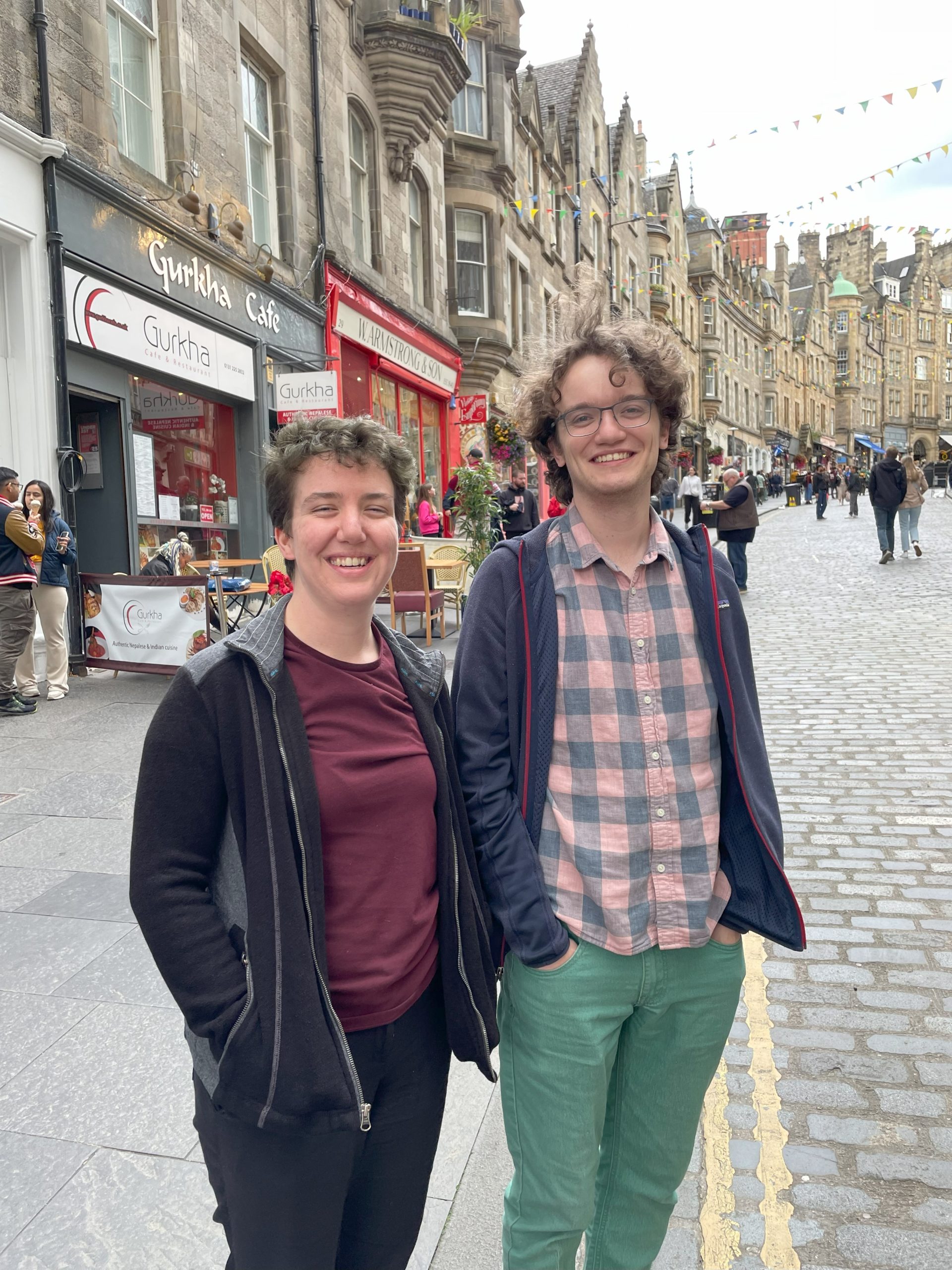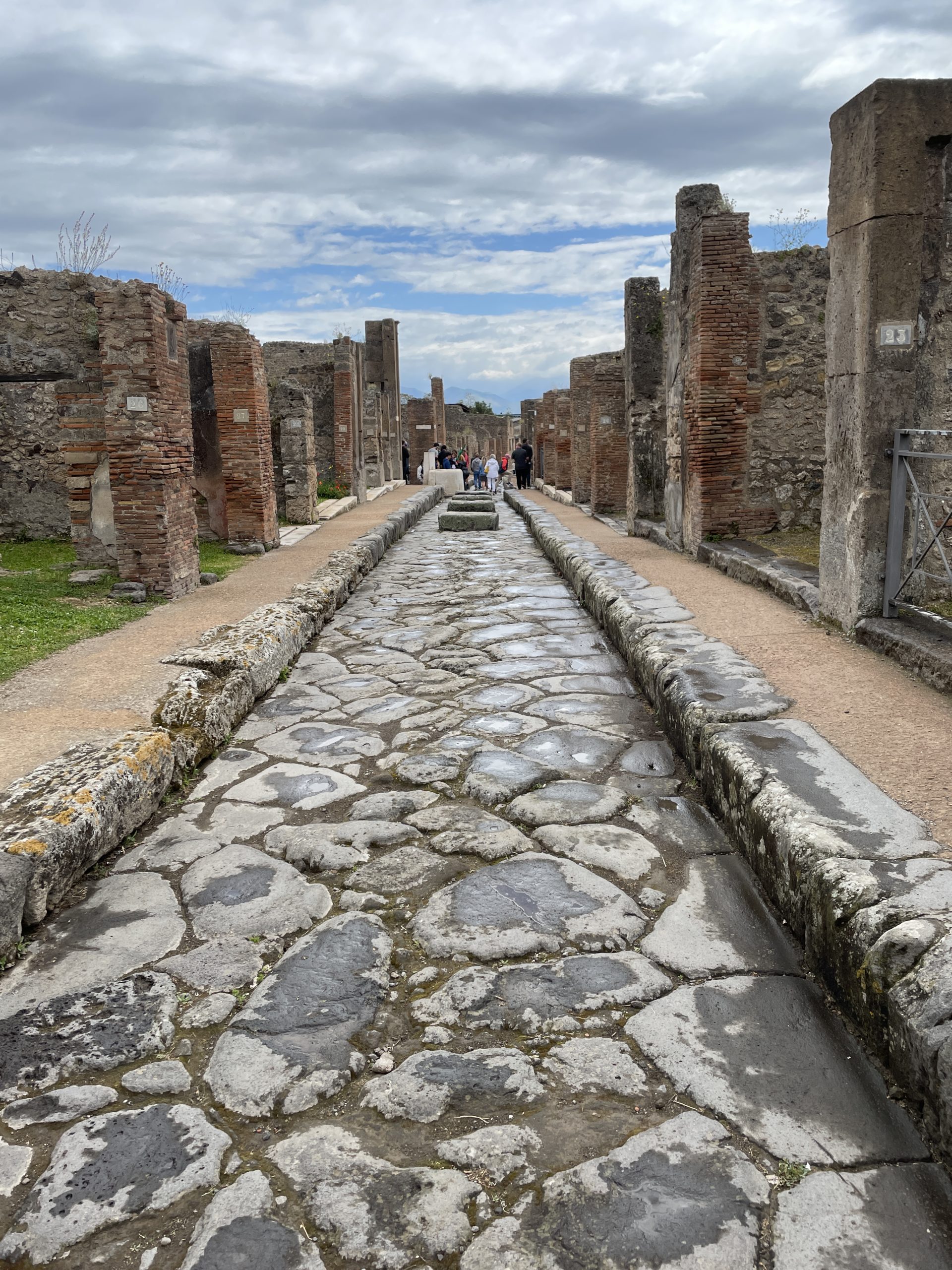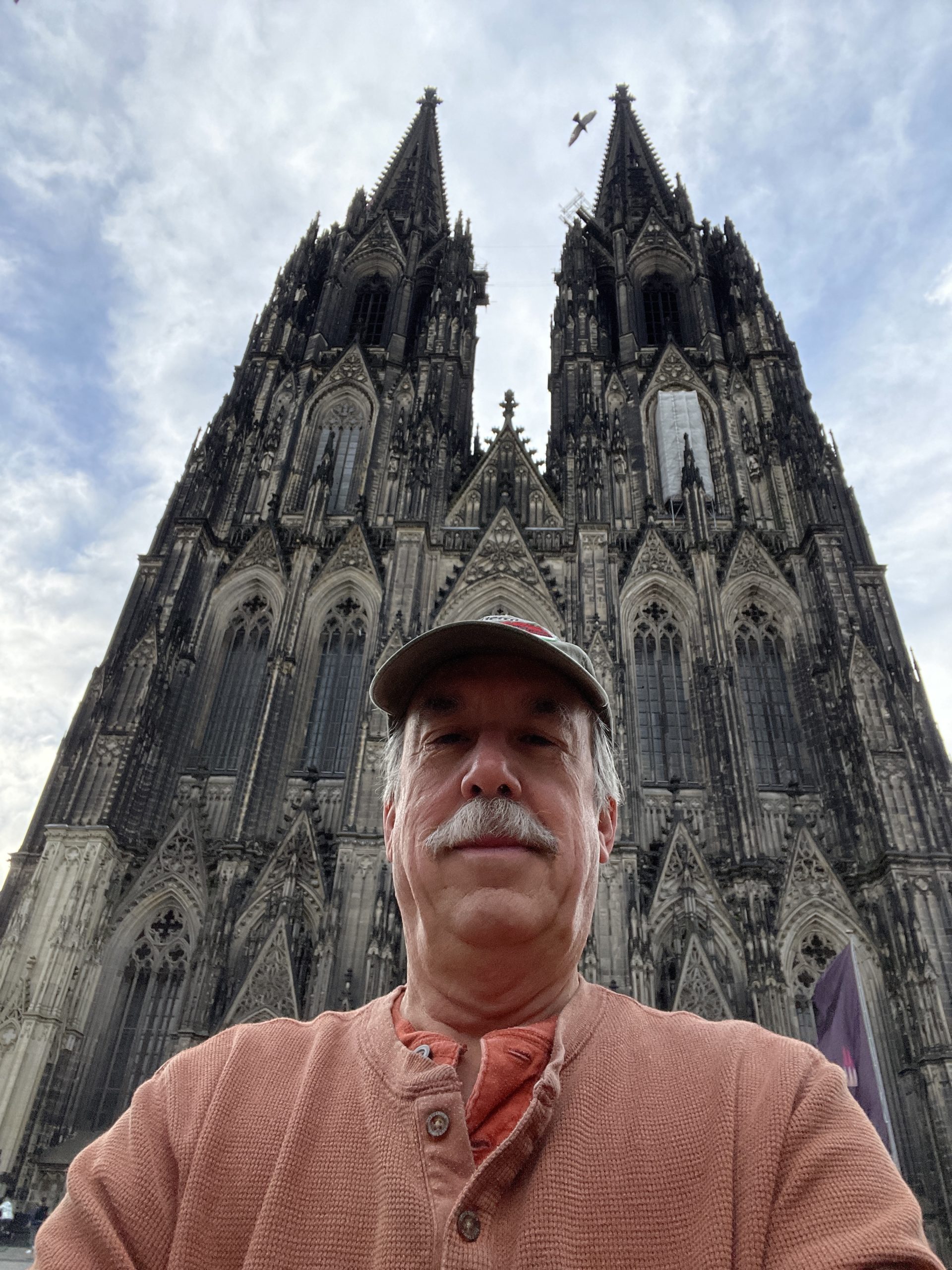Sagalands is a travelogue about a new chapter in my life. It begins in 2023 with a journey to Scandinavia in search of a 1000-year old family ancestor. The traveling and writing are ongoing. Four chapters have been completed so far.

Chapter One
Five Ports for Rollo
“I headed out into the streets of Copenhagen. Zig-zagging through the attractive streets, I eventually found myself standing outside a royal palace. It didn’t look particularly old, but it was pretty, so I pulled out my phone. Nearby, I spied a statue of a dude on horseback, looking regal and authoritarian. A king, I assumed, though I didn’t know who. That was a reason why I was in Copenhagen at the start of a two-week adventure through Denmark, Sweden, and Norway. Besides a brief trip to Norway in October 2017 to give a talk and hike to a famous rock overlooking a fjord, Scandinavia was terra incognita. I wanted to fill it in. After deciding to go, my wheels began to turn. I love planning trips. Sadly, the planning would be only for me now. That was hard to accept on many levels, but it was also another reason to go. I needed to figure out what solo meant out in the world.”

Chapter Two
Alba
“Exiting the castle, we set out on the Royal Mile for Holyrood Palace. On the way, we took a detour into St. Giles Cathedral, built by my ancestor King David I. He spent part of his youth at the English court which caused him to implement important reforms during his reign, including the introduction of Norman-style feudalism and knighthood. David was a member of the House of Dunkeld, named for his ambitious grandfather King Duncan I, who reigned from 1034 to 1040 before being killed by Macbeth – yes, that Macbeth! For my purposes, it is David I’s son, Henry, that matters. Through Henry Dunkeld’s marriage to Ada de Warenne – supposedly a love-match – and a subsequent child, Henry linked together two important branches of my de Lacy family watershed, thus becoming part of my family saga. I’ll call it Dunkeld Creek. It arose obscurely in misty headwaters among highland mountains and valleys in a land called… Alba. The ancient name for Scotland.”

Chapter Three
The Streets of Pompeii
“Curious what my DNA might reveal about my heritage, I signed up with a popular biotech company that provides ancestry data. My results were intriguing. I’m 99% Northwestern European. The other 1%? Italian. That was a surprise… Most of all, we loved Pompeii’s streets. Sunken, lined with uneven paving stones, rutted by countless donkey carts. You could almost hear the loud creak of the cart wheels and the curses of the donkey driver or imagine a fine-dressed matron lifting her stola as she stepped on the large crossing blocks to avoid staining her garment with the water and effluent flowing down the street. Some of Pompeii’s streets were wide, some narrow, some pedestrian-only, and some one-way. The main streets were wide enough for two carts to pass each other, while others were essentially alleys. All were mysterious and enchanting. Where did they go? What was around the next corner?“

Chapter Four
Francia
We were in Germany to tackle the 1% French and German contribution to my ancestry identified by a DNA spit test I took during winter. The analysis pegged an additional 6% of my ancestry as “undefined Northwest Europe…This shared heritage may be the result of extensive migration, including the Germanic invasions of the early Middle Ages.” The Franks, in other words…The center of action was Cologne, the largest city, fort, and port – and prize – on the Rhine. As the Roman empire disintegrated, Cologne held out until 460 when it was captured by, you guessed it, the Franks. They were just getting started. Employing military tactics they learned from the Romans, the Franks kept conquering. Soon, a new empire emerged in a place called Francia, the Land of the Franks.